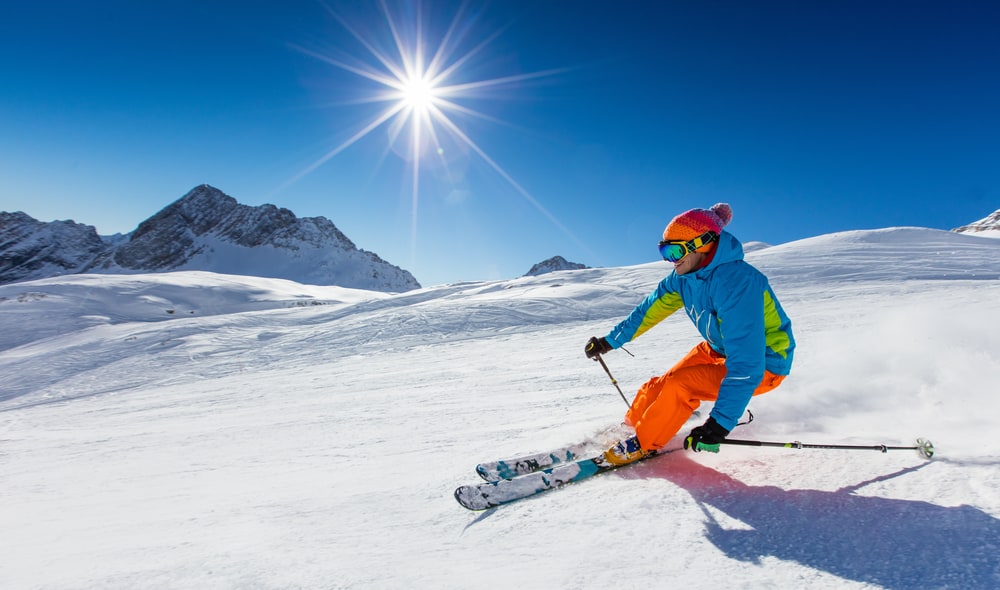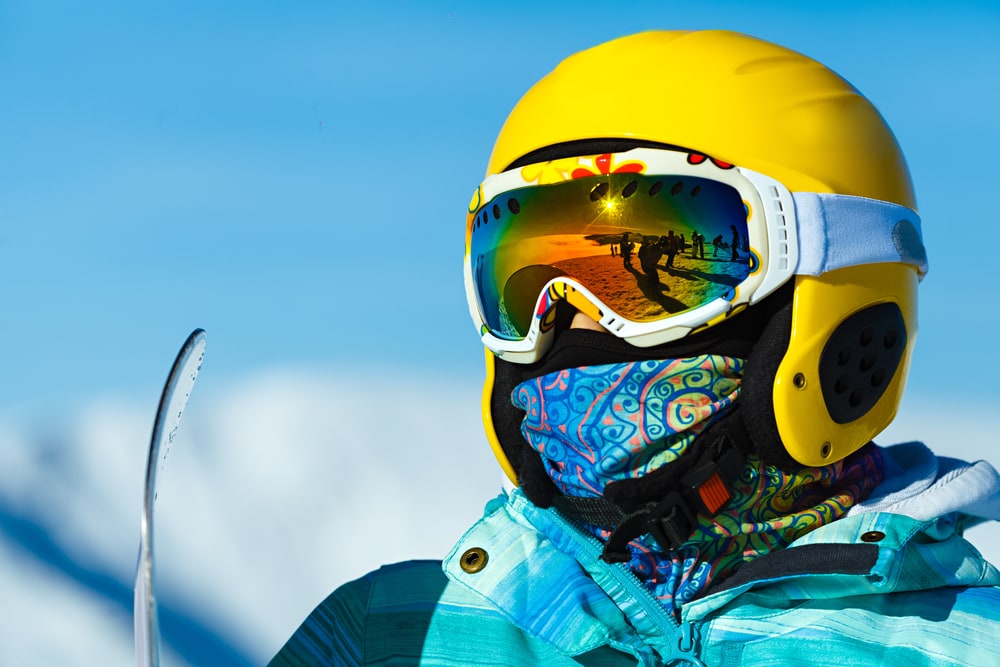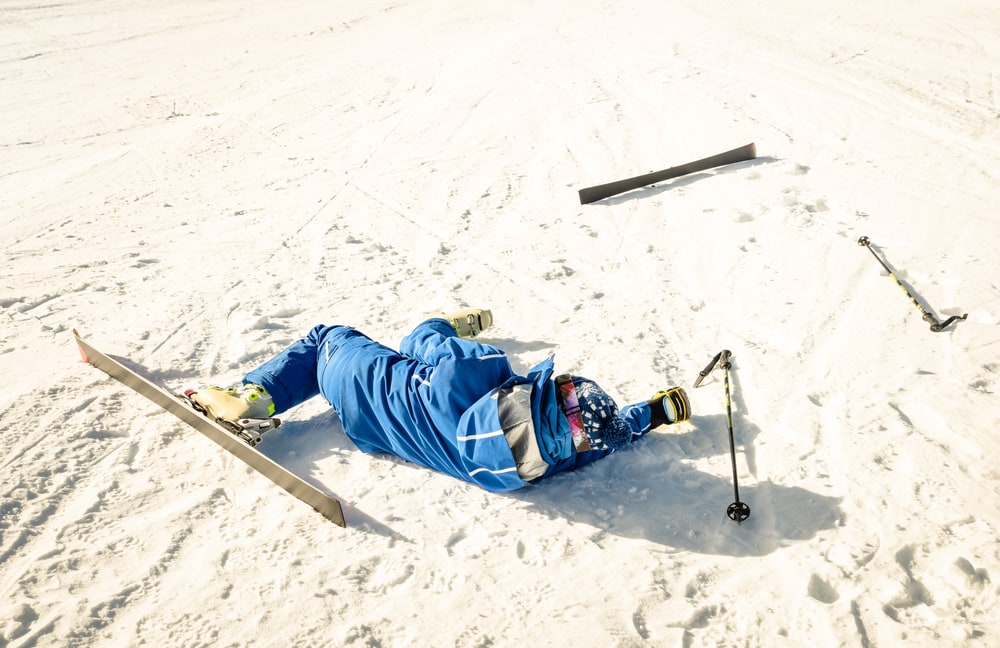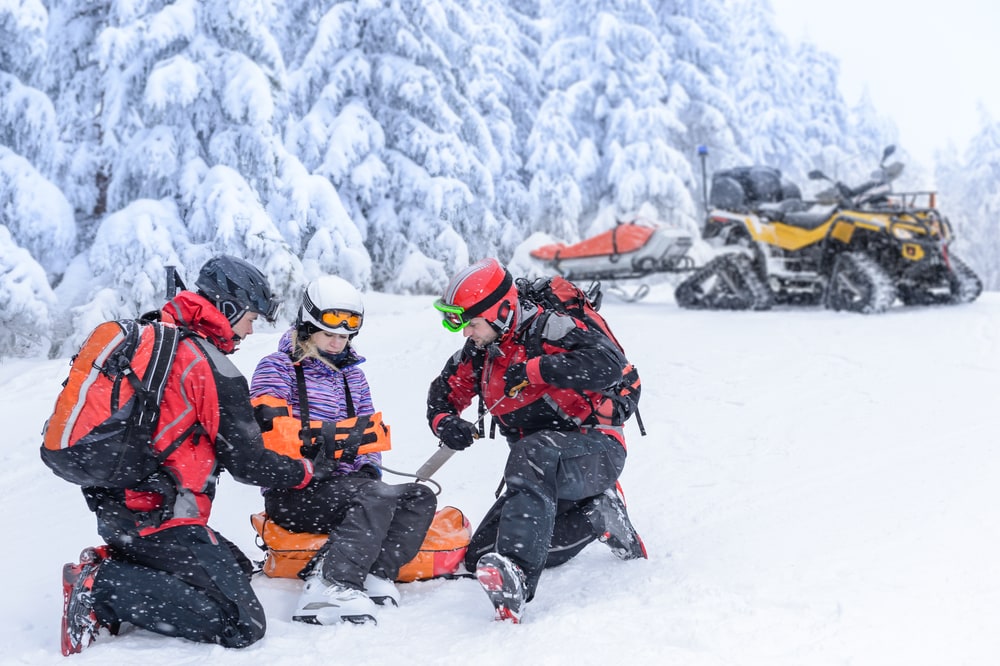
Here on Long Island, we’re still very much in the thick of winter – although we’re very close to the end! Spring is on the horizon, and winter is almost behind us. For some people, there’s nothing better about the wintertime than heading to the slopes. As a Long Island orthopedist, few are as aware of the ski craze as we are. Why? Because with skiing comes orthopedic injuries.
Like other wintertime risks, skiing has the potential to be very hazardous. Snow-caused injuries have the potential to cause serious problems. As pain management specialists, we know that there are a few notable injuries to be aware of. Read on to learn about these injuries, and how you can prevent them.
#1 Head Injuries While Skiing
For experienced and inexperienced skiers alike, it can be difficult to properly maintain speed and balance at the same time. After a fall or collision, hitting your head on a tree, rock or another person can be a disastrous injury. Head injuries can range from minor to significant trauma. Either way, it requires immediate attention.
At the worst, head injuries can lead to excessive bleeding, which might require stitches. Other injuries may appear to be less severe, but can cause lack of coordination or light-headedness. Head injuries are extremely serious, and could get worse without proper treatment. A Long Island orthopedist can also help you to heal from these injuries. To prevent severe head injuries, always wear a helmet.

#2 Medial Collateral Ligament Tear
Found on the inside of the knee, the medial collateral ligaments connect the ends of the knee bones together. Its ultimate purpose is to prevent the knee from bending fully inwards, maintaining proper functionality. Cold weather alone can have an adverse effect on your knees. While skiing or snowboarding, an MCL tear may occur from the force of one leg falling on another.
As a result of this injury, ski enthusiasts will experience severe pain, as well as bruising and swelling. While standing with this injury is possible, it will be painful.
If you develop this injury while skiing, be sure to find a safe location and rest. Also, ice the injury and keep it elevated. However, it’s also important to consult a qualified specialist at a Long Island orthopedics office to receive the proper treatment. The right pain management will help you to overcome this injury, and resume a pain-free lifestyle.
#3 ACL Tear or Rupture
As one of the most common sports injuries, the ACL is subject to harm in any sport that involves rapid maneuvering. Skiing and snowboarding both involve sudden turns that can potentially cause an ACL tear.
Located in the center of the knee, the ACL controls how far the tibia can move in relation to the femur. ACL injuries occur when people pivot while standing, hyperextend, or stop suddenly.
Regulating your speed is critical to winter sports like skiing and snowboarding. As sports medicine specialists, we advise all patients that a sudden halt in your movement while navigating steep terrain could contribute to an ACL injury.
Symptoms
Often, people suffering from an ACL injury will notice a “pop” sound. They will also experience other signs of injury, notably some significant swelling.
If you believe that you’re suffering from an ACL injury, stop skiing immediately and find an orthopedist. To restore your ACL to its proper condition, you will need physical therapy, and possibly reconstructive surgery as well.

#4 Wrist Fracture
During a fall, it’s instinctual to try and restore your balance by reaching a hand out for support. In some cases, catching either the ground or a tree will help you to avoid injuries. In other cases, though, putting the pressure from your entire body weight on your wrist can damage the ligament. And, hand pain can be particularly limiting, especially from the perspective of an orthopedist.
This is a common injury for snow sport enthusiasts, as stretching your hand out is the best way to prevent a fall. If you’re suffering from a wrist injury while skiing, then it’s imperative to stop skiing. Then, seek medical assistance. Depending on the severity of the injury, you may only need a splint or cast for the fracture to heal. Some hand injuries can heal with specific exercises. For more severe injuries, though, patients will need treatment from a qualified physical therapist.
#5 Shoulder Injuries
Depending on the way that you fall, shoulder injuries may be common as well. If one of your bones is forced out of place, or the bone actually fractures, it can be extremely painful.
Because the shoulder connects the arms to the torso, there are plenty of body structures that may also be affected. Additionally, the ligaments, muscles and tendons may be affected by the fall as well. As a result, they become weakened.
Shoulder injuries require individual treatment from an orthopedist. In addition to reconstructive surgery, shoulder injuries will also require physical therapy treatment.


Conclusion
When you suffer from an orthopedic injury, you need the best sports medicine specialist with high-field MRIs to provide the proper treatment. Our specialists understand the limitations set by sports injuries. With years of experience in diagnosis and treatment, Central Orthopedic Group excels in helping patients to overcome these injuries and return to the activities they love.
